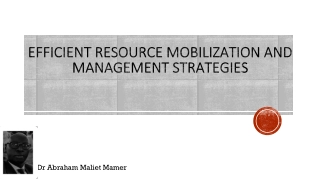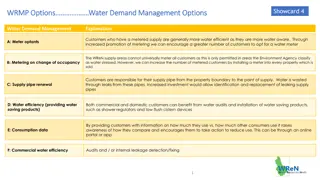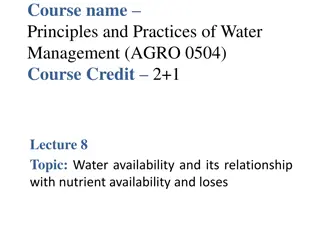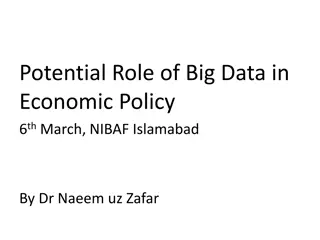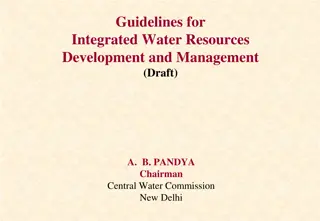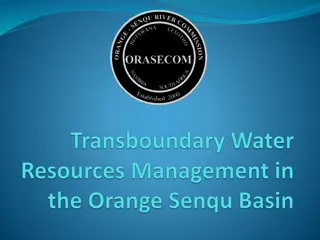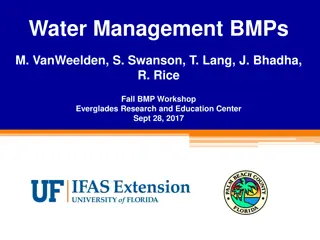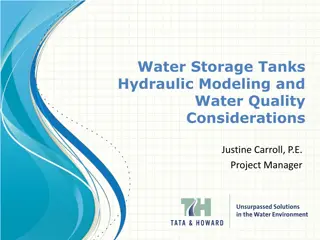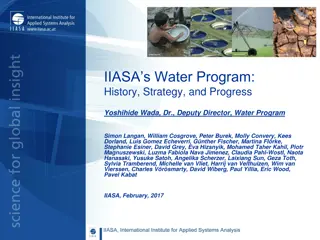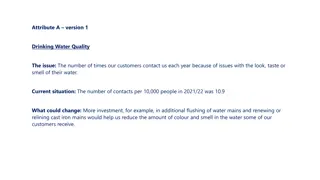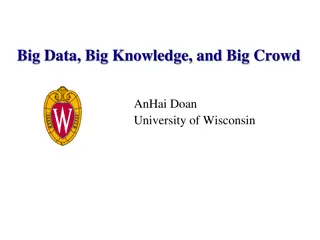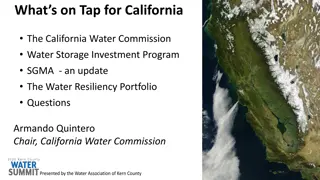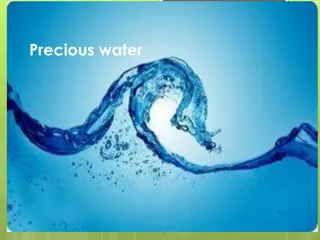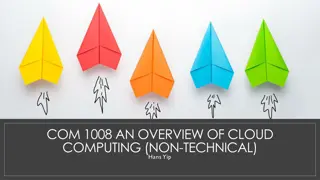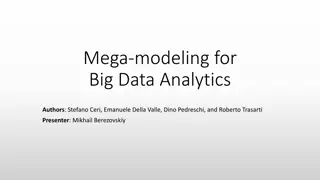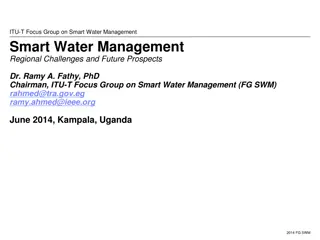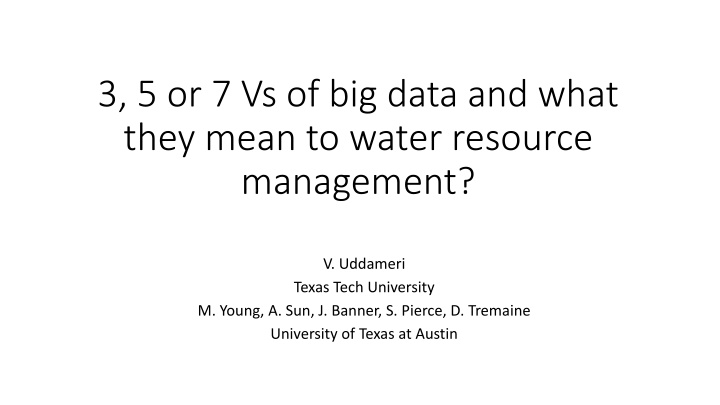
Big Data in Water Resource Management: Understanding the 5Vs and 7Vs
Exploring the significance of big data in water resource management, this content delves into the concepts of 5Vs and 7Vs. It discusses the essence of big data, its impact on water resources, and the critical role it plays in decision-making processes related to floods, droughts, and water planning. By analyzing the volume, velocity, variety, variability, veracity, and value of data in water resource applications, this informative piece sheds light on the challenges and opportunities presented by big data.
Download Presentation

Please find below an Image/Link to download the presentation.
The content on the website is provided AS IS for your information and personal use only. It may not be sold, licensed, or shared on other websites without obtaining consent from the author. If you encounter any issues during the download, it is possible that the publisher has removed the file from their server.
You are allowed to download the files provided on this website for personal or commercial use, subject to the condition that they are used lawfully. All files are the property of their respective owners.
The content on the website is provided AS IS for your information and personal use only. It may not be sold, licensed, or shared on other websites without obtaining consent from the author.
E N D
Presentation Transcript
3, 5 or 7 Vs of big data and what they mean to water resource management? V. Uddameri Texas Tech University M. Young, A. Sun, J. Banner, S. Pierce, D. Tremaine University of Texas at Austin
What is Big Data What is big data? Large volumes of data Moving target In early 1990s 1TB was big data (average Hard Drive ~ 3 GB) Today zettabytes (107bytes) or more (average Hard Drive ~ 2 TB) Datasets that are not amenable to traditional archival methods Relational database model not suitable Not all data is structured or the structure is too complex Data analysis not possible with existing software engineering tools Need for massive parallelization Newer algorithms to mine insights from data (data analytics) It is not the amount of data that is important It is what you want to do with it
Big Data Water Resources What is Big (deal) about Water Resources Data? Can quickly become very big if looking at large spatial scales Global change studies Can quickly become very big if data are being collected at a high temporal resolution Flood forecasting, early warning systems Data come from disparate sources Soil, water, land use, public perceptions Similar data can be collected from multiple sources Ground measurements, Radar, Satellite Direct measurements of what we really are after is many times not possible Don t know groundwater pumping, but know likely water budget changes from GRACE Satellite
Big Data Water Resources Data needs in water resources decision making varies widely across applications Flood studies Data in order of minutes, hours to days Droughts Data in order of weeks, months, years Water Planning Data in the order of years to decades
Big Data 5V 7V Model Volume Amount of data generated High volume, if data generated is not amenable to analysis Velocity Rate at which data is generated and data is necessary Real-time processing of data being generated by sensor networks. Rate of data inflow >>> Rate of information generated Variety Diversity of datasets necessary for a water resources application Structure of data, geospatial, temporal resolutions Variability Meaning of data is changing constantly Public adaptation, public perception, Meaning of a 100 year flood? Visualization How can data be presented to make decisions Multivariate datasets, animation, balancing qualitative and quantitative data Veracity How certain or uncertain is the data? Long-range climate projections, sensor accuracy Value How has big data helped? Would our decisions be the same if we did not have this data? Worth of additional data?

